Why Are Diamond Rings a Symbol of Marriage?
Why Are Diamond Rings a Symbol of Marriage?
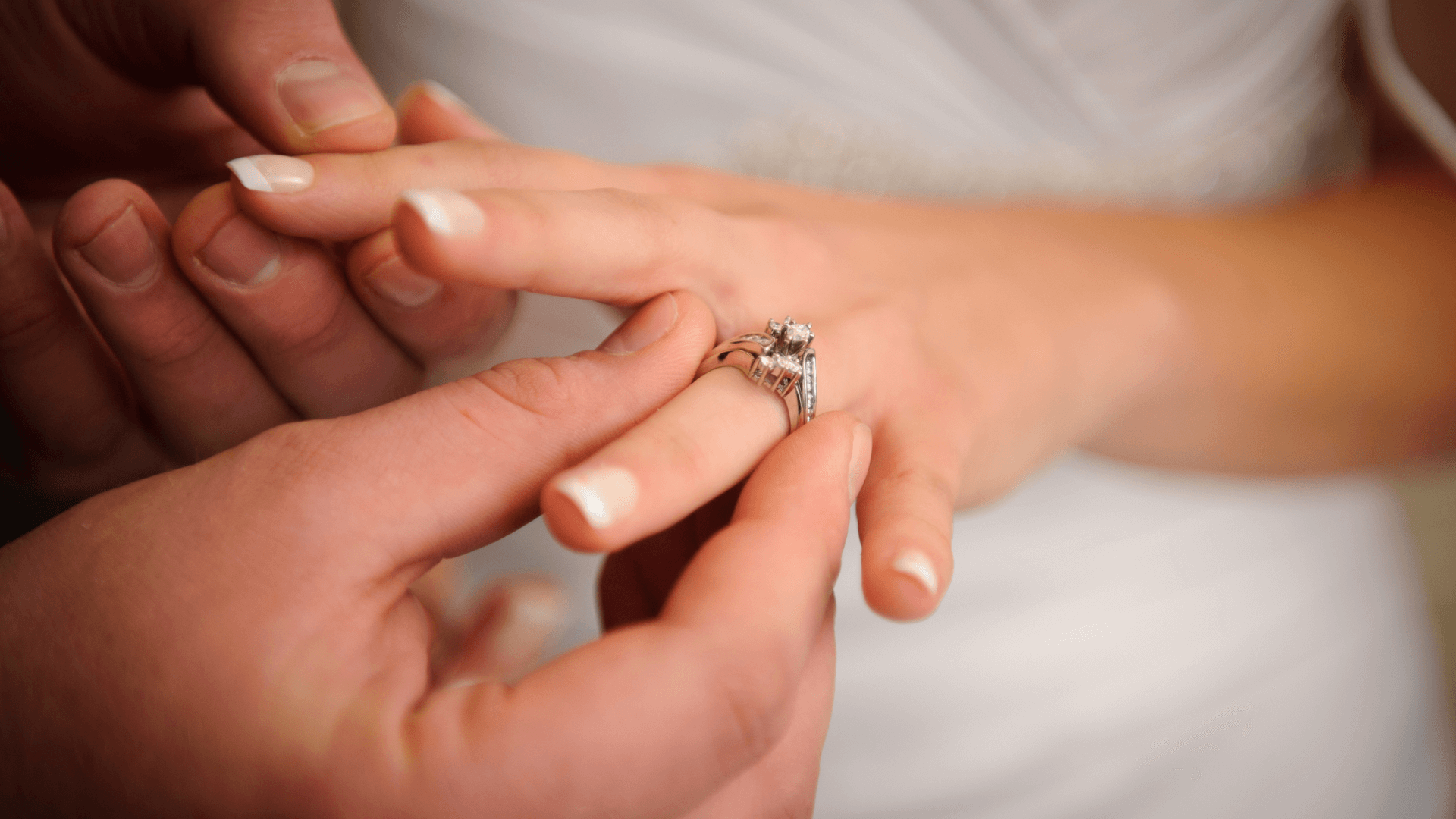
“Circles, like the soul, are never-ending and turn round and round without a stop.” – Ralph Waldo Emerson
You don’t have to be a history buff or a geometry expert to see the correlation between a wedding ring and the concept of an eternity spent together. In an ideal world, marriage is forever, and a band with no beginning and no ending is a wonderful representation of a love that seems even bigger than the two people who share it.
But what about the diamonds? Somewhere along the way, these glittering precious gems become another symbol of marriage. Let’s take a look at diamonds, their fascinating backstory and why they will be forever linked with two small but infinitely powerful words: I do.
The First Wedding Rings
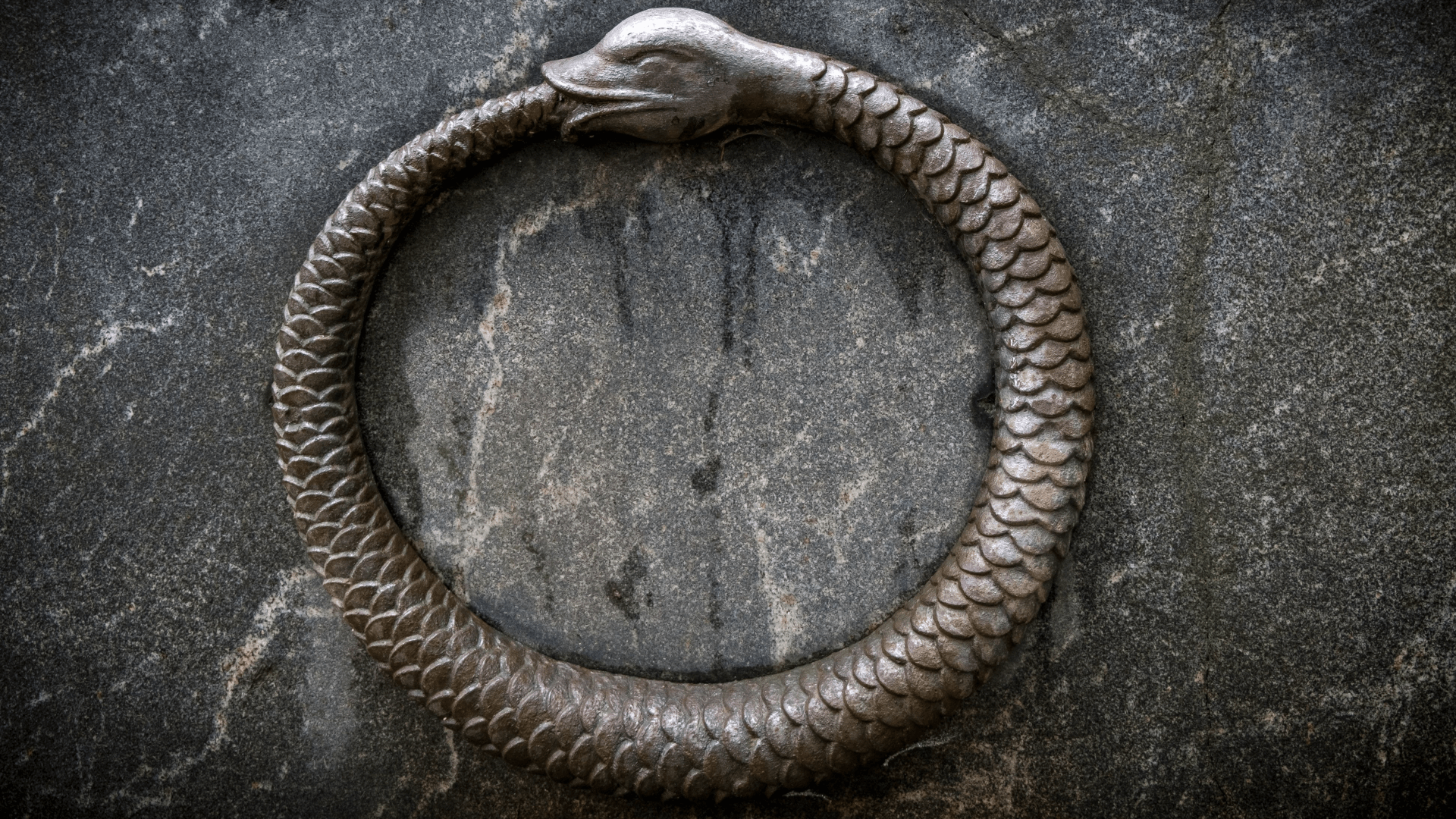
Wedding rings first emerged as a symbol of a couple’s commitment in Ancient Egypt. Pharaohs chose wedding bands to help seal the marital deal because of their circular form — not only was the circle never-ending, but it also mimicked the shape of the sun and moon. Ancient Egyptians worshipped the sun as a deity. In fact, they believed it was Ra, the god of the sun, who created and ruled all parts of the world, including the Earth, the sky, and even the underworld. According to mythology, Ra was born each morning in the East and died each night as he sunk into the western horizon. It makes sense then that Egyptians tied one of the greatest acts on Earth — marriage — to their most powerful god.
Those early wedding bands were often embellished, though stones weren’t the primary focus on the design. One popular style was an ouroboros, a ring that looked like a snake swallowing its own tail (another nod at the cyclical nature of life). The serpent’s eyes were often represented by small gems such as sapphires or diamonds.
The practice of wearing wedding bands soon spread as Alexander the Great conquered Egypt and brought many of its customs back home to Greece. The majority of wedding bands were simple, made out of readily available metals such as copper and iron before transitioning to primarily gold-based designs around 200 or 300 AD.
Medieval Wedding Rings and the Move toward More Gemstones
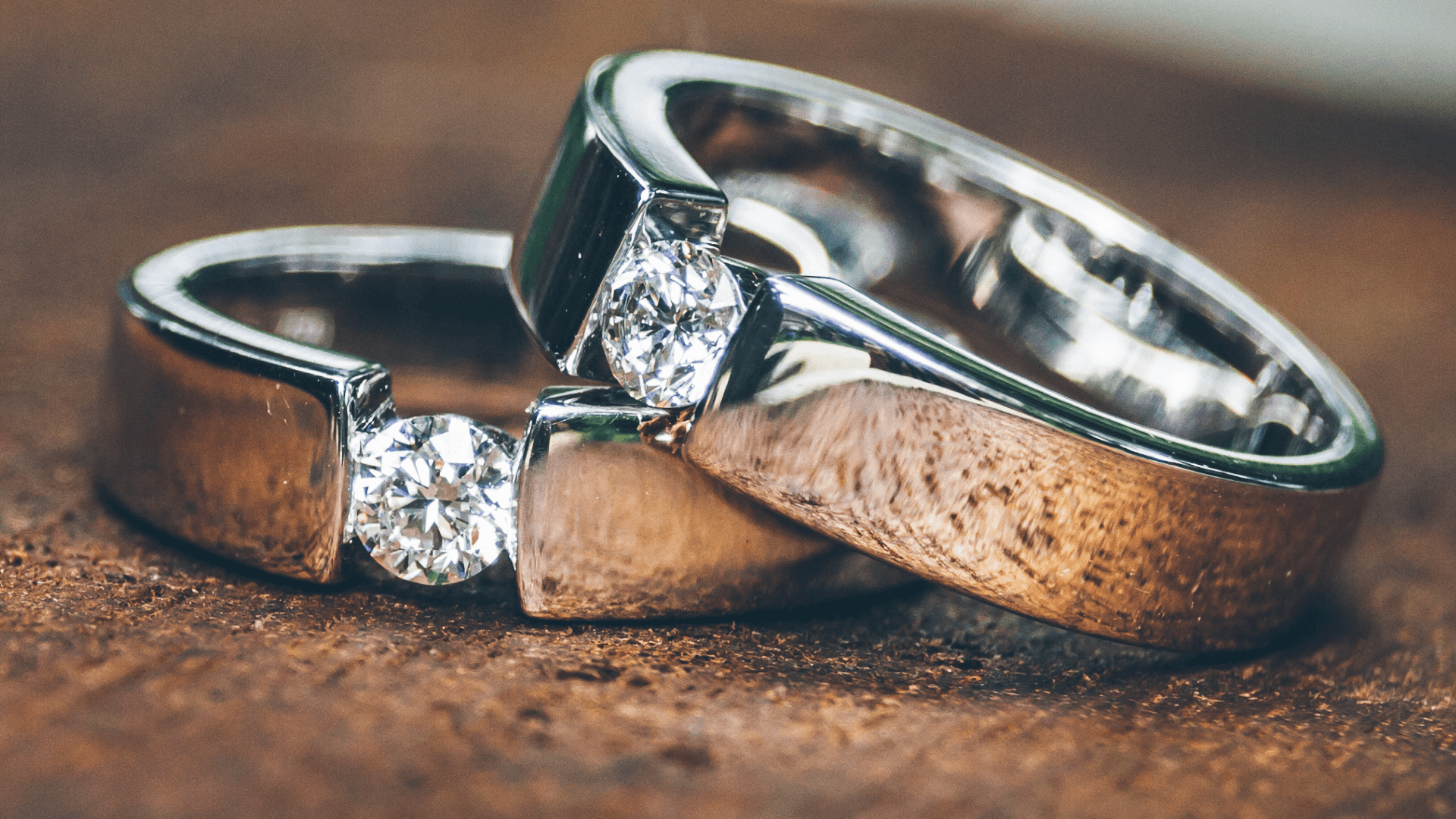
It wasn’t until medieval times that Europeans began to create more heavily bejeweled rings. In Egypt, artisans chose rubies to symbolize passion and sapphires as a stand in for heavens. Diamonds, widely regarded as the strongest material on the planet, represent strength and endurance. Wedding rings might consist of several entwined bands studded with a variety of stones or a signal band carved into an intricate shape featuring a large center stone or several gems nestled into the underlying figure.
While there is some evidence that diamond rings existed in the late second century, those stones were often uncut, unpolished, and visually unremarkable. They were prized because they were strong — not because they were beautiful. It wasn’t until the late Middle Ages that diamonds became more processed and thus took on a bigger role in wedding jewelry.
In fact, it was the discovery of a poem written in 1475 in honor of a socialite’s wedding in Italy that showed historians when diamonds began to make their mark. One passage read, “Two wills, two hearts, two passions are bonded in one marriage by a diamond.” Pretty clear cut (no pun intended).
How Royalty Helped Cement the Tradition of Diamond Wedding Rings
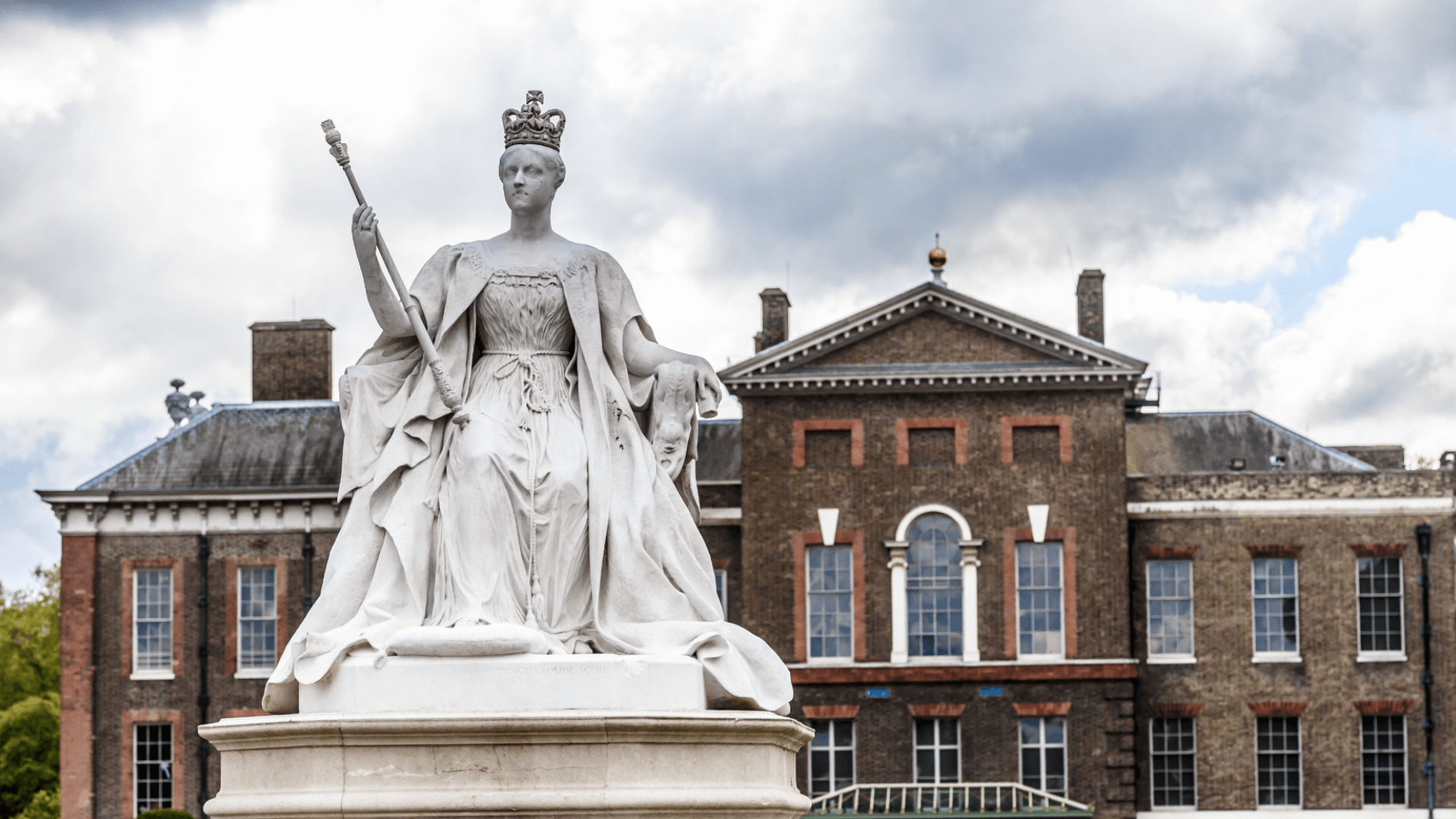
In 1477, the illustrious Archduke Maximillian of Austria gave his future wife, Mary of Burgundy, a diamond engagement ring that used small flat gemstones to spell out the letter M. The rest of European royalty was not about to be left out. Queen Elizabeth got her own diamond ring from the Duke of Alencon when he asked for her hand (he did not get it). The Duke of Norfolk gifted Mary, Queen of Scots, a gorgeous diamond ring when he proposed marriage. She also said no.
Queen Victoria was far from the first royal figure to appreciate fine jewels, but she may have been the one with the most emotional investment in her jewelry collection. When she got engaged to then Prince Albert, she took a lock of his hair and had it encased in a heart-shaped glass pendant that she wore almost every day for the rest of her life. That trinket was relatively cheap compared to many of the crown jewels, but she cherished it all the same. It was actually her husband who commissioned countless necklaces, earrings, brooches and even tiaras as gifts for his queen.
Interestingly, Queen Victoria’s engagement ring was a throwback to Egyptian times. The serpent-shaped band held several rubies and diamonds as well as Victoria’s birthstone, an emerald. The ring made waves, doing for the popularity of engagement rings (which were not a widespread tradition at the time) the same thing Victoria’s white wedding dress did for bridalwear. The royals may not be responsible for our cultural fascination with diamonds, but she certainly pushed the symbolism of wedding jewelry to society’s forefront, which set the stage for the 20th century’s soon-to-be obsession with diamond wedding rings.
Diamonds in Modern Times
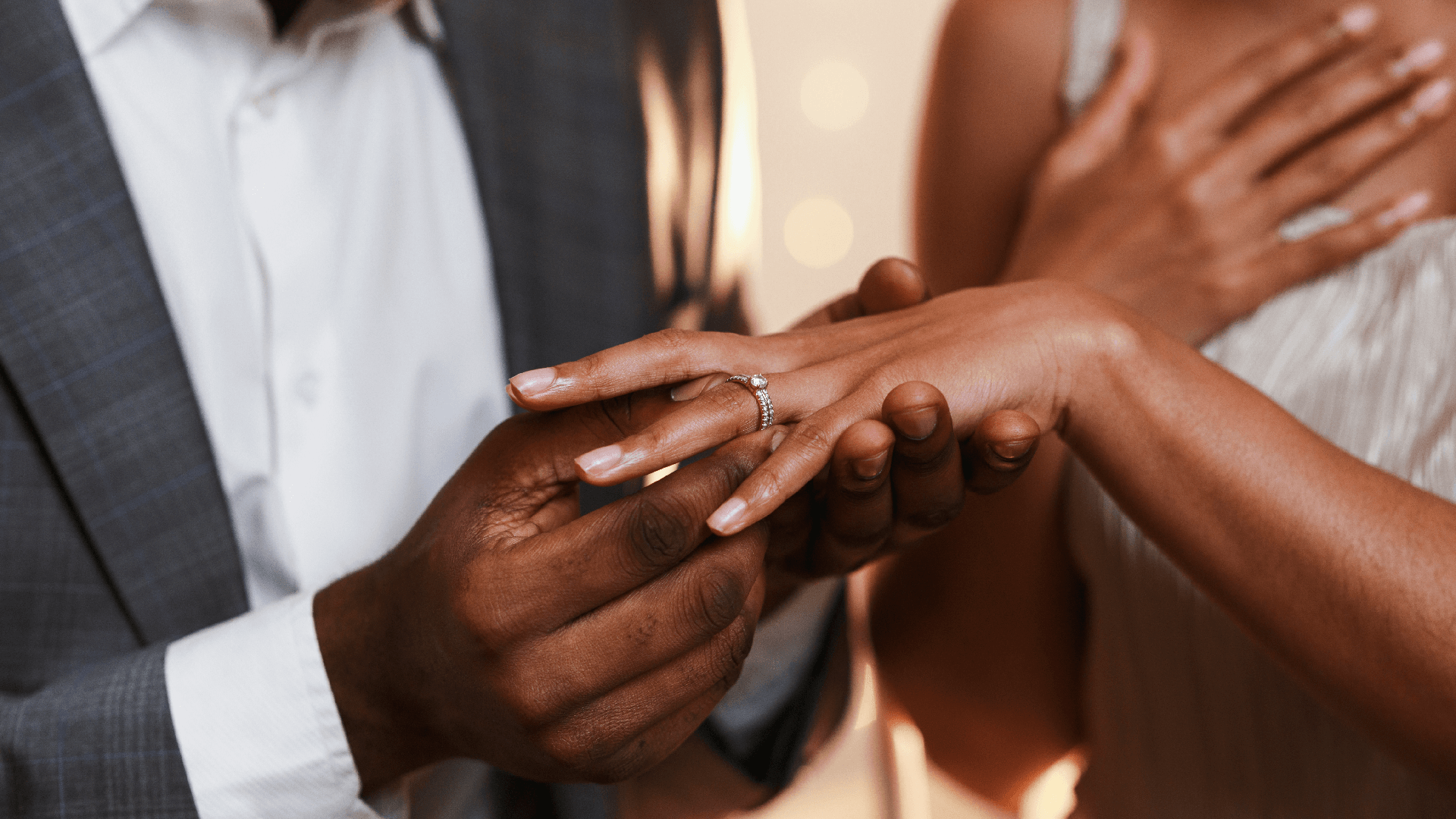
After centuries of waxing and waning bands the default choice for every American looking to tie the knot.
Today, a whopping 86% of couples choose to go with a diamond as the center stone for their engagement ring. Adding to the stone’s importance, 60th wedding anniversaries are referred to as the couple’s Diamond Jubilee. Accomplishing an impressive six decades of marriage is quite a feat, especially in an age when couples aren’t getting married as early in life as they once did, and the celebration deserves an equally impressive stone. Once again, diamonds are front and center.
Modern-day jewelry enthusiasts can choose from natural, conflict-free diamonds mined according to the ethical methods and stringent import policies set forth by the Kimberley Process or explore lab-grown diamonds that offer another way to enjoy the glitz, glamor and charm that comes with owing a glittering stone. Colored diamonds are an enticing option for couples who want to stick with tradition while somewhat pushing style boundaries. Snag a yellow diamond like Carrie Underwood or a pink diamond like the one Ben Affleck gave Jennifer Lopez and you’re embracing all the symbolism of a diamond stone while still putting your own mark on what’s sure to be a treasured piece of jewelry.
To include a piece of history in your proposal or wedding ceremony, use these high-quality diamonds as the starting point for building the ring of your dreams. Not sure diamonds are for you? Check out these diamond alternatives that work beautifully as the sole stone in your ring or as accent stones to support a central diamond.

POST COMMENT